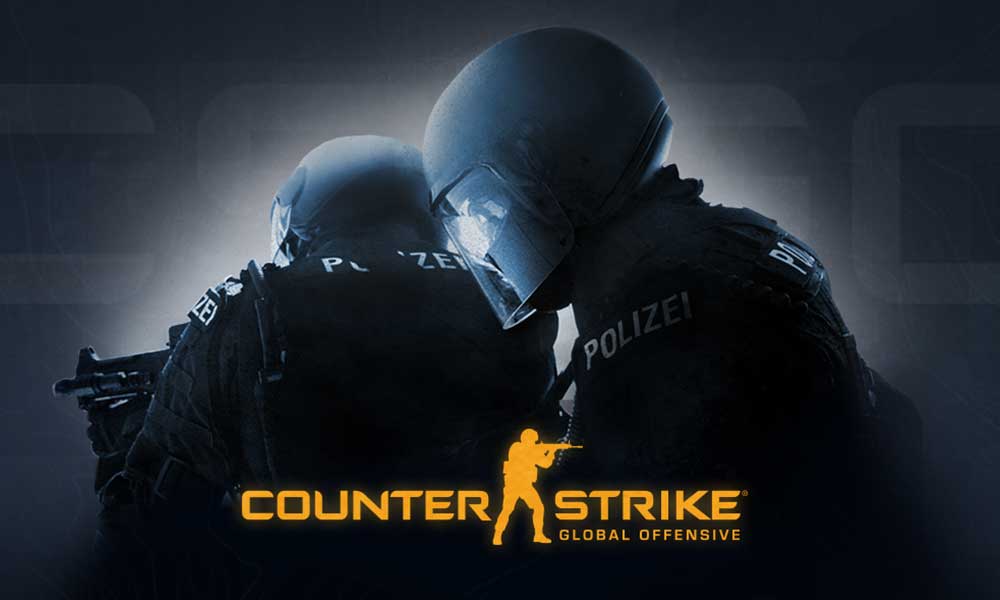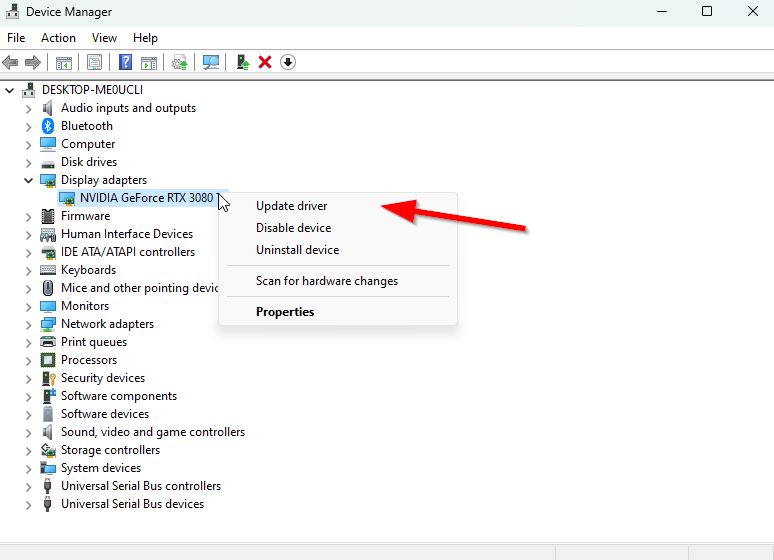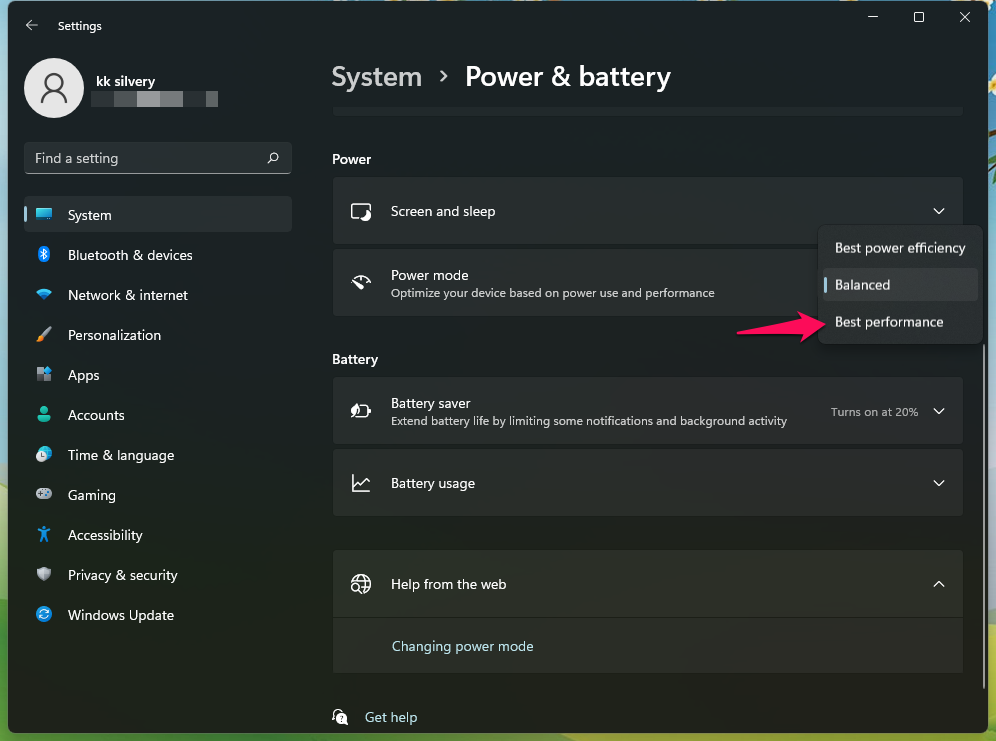Counter-Strike: Global Offensive (CS:GO) is an online multiplayer first-person shooter video game that Valve and Hidden Path Entertainment developed. It’s the fourth edition in the Counter-Strike game lineup and was available for Microsoft Windows, Macintosh OS, Xbox 360, and PlayStation 3 in 2012. Though the title has received overwhelmingly positive reviews, it has some flaws. After the recent update, multiple reports claim that CSGO is not using GPU or CPU.
Well, such a kind of issue may occur on a Windows computer, no matter how much your configuration is powerful or optimized. We mostly assume that the graphics or CPU not using or sometimes full 100% usage pattern somehow conflicts with the game performance and system performance. Eventually, it becomes one of the widespread issues among PC gamers that may happen on some specific games due to incorrect settings or PC issues.
Also Read
Fix: CSGO Crashes When Changing Video Settings, Resolution, or Loading Maps
Fix: CSGO Voice Chat Not Working
Fix: Steam Deck CSGO Controls Not Working
How To Fix CSGO No User Logon Error
FIX: CSGO Controller Not Working on PC
CSGO Crashing When Loading Map 2023 Fix Guide
How to Turn on the Wallhack Command on CS:GO?
How To Bind Mouse Wheel To Jump In CS:GO

Page Contents
- Fix: CSGO Not Using GPU or CPU
- 1. Use a Dedicated Graphics Card
- 2. Update GPU Drivers
- 3. Close Background Running Tasks
- 4. Change Power Plan
- 5. Tweak In-Game Graphics Settings
- 6. Verify Game Files via Steam
- 7. Update CSGO
- 8. Turn Off Shader Cache for CSGO
- 9. Chipset Drivers are Outdated
- 10. Try Disabling Overlay Apps
- 11. Turn Off Antivirus Protection
- 12. Reinstall CSGO
Fix: CSGO Not Using GPU or CPU
We should also mention that such issues can’t be fixed from the developers’ end because these issues might appear on some PCs and the reason may vary too. But you can try manually fixing this issue by following some workarounds mentioned below. Luckily, there are some ways that you can try at your end such as changing or tweaking graphics settings, in-game settings, repairing game files, updating the game patch version, and more. So, let’s check it out.
1. Use a Dedicated Graphics Card
Make sure that your computer system is using the dedicated or external graphics card to run the CSGO game. It’ll eventually reduce game stutters, lags, and frame drops without any doubt. If you don’t know which settings you need to adjust, then follow the steps below.
For Nvidia:
If you’re using the Nvidia graphics card, you can do the following.
- Right-click on the desktop blank screen > Click on NVIDIA Control Panel.
- Click on 3D settings > Select Manage 3D settings in the left pane.
- Select the Program Settings tab > Choose CSGO from the drop-down list.
- Now, select a High-performance NVIDIA processor.
- Save changes and reboot the PC to apply changes.
For AMD:
AMD graphics card users can do the following.
- Right-click on the Desktop blank screen > Select AMD Radeon Settings from the context menu.
- Now, click on System > Select Switchable Graphics.
- Make sure to save changes and reboot the PC to apply changes.
2. Update GPU Drivers
An outdated or corrupted graphics card driver can trigger multiple game or system performance issues. It’s highly recommended to check the graphics driver update. To do so:
- Press the Windows + X keys to open the Quick Link Menu.
- Click on Device Manager from the list > Double-click on Display adapters.
- Right-click on the dedicated graphics card that you’re currently using.

- Click on Update driver > Choose Search automatically for drivers.
- If there is the latest update available, it’ll automatically download & install the latest version.
- Once done, restart the computer to apply changes immediately.
Alternatively, you can manually download the latest version of the graphics driver and install it on the PC via the official website. Make sure to download the graphics driver file respective to your graphics card model and manufacturer. Nvidia graphics card users can update the GeForce Experience app via the Nvidia official site and AMD graphics card users can visit the AMD website for the same.
3. Close Background Running Tasks
Unnecessary background running tasks or programs can eat up a lot of system resources like CPU or Memory usage literally reducing system performance. Hence, the startup crashing, lagging, and not loading issues appear quite often. Simply, close all the unnecessary background running tasks completely. To do this:
- Press Ctrl + Shift + Esc keys to open up the Task Manager.
- Now, click on the Processes tab > Click to select tasks that are unnecessarily running in the background and consuming enough system resources.
- Click on End Task to close it one by one.
- Once done, restart your system.
4. Change Power Plan
It’s also highly recommended to change the power plan on the computer because the Windows system basically uses the Balanced power plan by default. But it reduces performance which can be improved by changing the power plan. Keep in mind that the performance plan can consume higher power. To do so:
- Press the Windows + R keys to open the Run dialog box.
- Type Control Panel in the field and click on OK from the search result to open it.
- Now, search for Power Options (Power & battery) and open it.

- Click on Best Performance > Reboot your PC to save changes immediately.
5. Tweak In-Game Graphics Settings
You can also change the in-game graphics settings to check if the problem is still appearing or not.
- Launch the Steam client and then open CSGO from Library.
- Click on the gear icon inside the CSGO game to enter the Settings menu.
- Now, make sure to select ‘Turn off VSync’.
- Then set each option under Advanced Settings to low or medium.
- You should also set FOV and PhsyX options to low.
6. Verify Game Files via Steam
Corrupted or missing game files may trigger issues with the game launching or running smoothly. Make sure to verify the game files and repair them via the Steam client by following the steps below:
- Open the Steam client on the PC and log into the account > Head over to Library.
- Right-click on the CSGO game from the left pane.
- Click on Properties > Click on the Local Files tab.
- Then click on Verify Integrity of game files…
- Now, wait for the process to complete and close the Steam client.
- Finally, restart the PC to apply changes.
7. Update CSGO
Even an outdated game patch version can trigger several potential issues on the gaming device that leads to crashes, lags, stutters, CPU/GPU-related issues, and more. It’s recommended to check for the game update periodically and install the latest update whenever available. You can follow the steps below to do the same.
- Open the Steam client > Go to Library.
- Click on CSGO from the list of installed games on the left pane.
- Now, the client will automatically search for the available update.
- If there is an update available, you’ll see the Update option > Just click on it.
- Wait for a couple of minutes or so until the game update completes. [Depends on the storage space and internet connectivity]
- Once done, make sure to close the Steam client.
- Finally, reboot your PC to apply changes, and launch the CSGO game again.
8. Turn Off Shader Cache for CSGO
It seems that the Shader Cache option is turned on by default for CSGO on the Nvidia Control Panel for those who’re using an external Nvidia GTX/RTX graphics card. So, it’s better to turn off the shader cache for the title manually by following the steps below. To do so:
- Right-click on the desktop blank screen > Click on NVIDIA Control Panel.
- Click on 3D settings > Select Manage 3D settings in the left pane.
- Select the Program Settings tab > Choose CSGO from the drop-down list.
- Make sure to select Shader Cache to OFF and save changes.
9. Chipset Drivers are Outdated
If in case, your chipset drivers are outdated on the PC then such issues might appear a lot. It’s always a better idea to check for the updates and fix the low CPU usage or even not using CPU while playing games. To do so:
- Press the Windows + X keys to open the Quick Link Menu.
- Click on Device Manager from the list > Double-click on System devices.
- Right-click on the active chipset device from the list.
- Click on Update driver > Choose Search automatically for drivers.
- If there is the latest update available, it’ll automatically download & install the latest version.
- Once done, restart the computer to apply changes immediately.
Alternatively, you can directly visit the official chipset manufacturer’s website and grab the latest version of the processor model based on its architecture (64-bit). You can check the links below.
10. Try Disabling Overlay Apps
Sometimes a couple of applications may come with an additional overlay app that basically helps the streamers or gamers a lot. However, these overlay apps can eventually conflict with the game files to run smoothly and may cause several issues like FPS drops, black screen issues, lags, glitches, etc. You should try disabling the overlay apps manually before launching the game again to cross-check whether the crashing issue has been fixed or not. To do so:
Disable Discord Overlay:
- Launch the Discord app > Click on the gear icon at the bottom.
- Select Overlay under App Settings > Turn on the Enable in-game overlay.
- Click on the Games tab > Select CSGO.
- Finally, turn off the Enable in-game overlay toggle.
- Make sure to reboot your PC to apply changes.
Disable Xbox Game Bar:
- Press Windows + I keys to open Windows Settings.
- Click on Gaming > Go to Game Bar > Turn off Record game clips, screenshots, and broadcast using the Game bar option.
Disable Nvidia GeForce Experience Overlay:
- Launch the Nvidia GeForce Experience app > Head over to Settings.
- Click on the General tab > Disable the In-Game Overlay option.
- Finally, restart the PC to apply changes and launch the game again.
Some other overlay apps can cause trouble for you, something as MSI Afterburner, Rivatuner, RGB software, etc. You should turn them off as well.
11. Turn Off Antivirus Protection
You can also try turning off the Windows Defender option on your PC to ensure no antivirus software is blocking the game files from running properly.
- Press Windows + I shortcut keys to open the Windows Settings menu.
- Click on Update & Security > Click on Windows Security from the left pane.
- Now, click on the Open Windows Security button.
- Go to Virus & threat protection > Click on Manage Settings.
- Next, you’ll need to turn off the Real-time protection toggle.
- If prompted, click on Yes to proceed further.
If, in case, you’re using any other antivirus program on your PC, then make sure to turn it off.
12. Reinstall CSGO
If none of the methods worked for you then try reinstalling the CSGO game on the PC to check if that helps you to fix the lagging or FPS drop issue due to not using a dedicated GPU (graphics card).
- Open the Steam client on your PC.
- Go to Library > Right-click on CSGO.
- Select Uninstall > Click on Delete to confirm.
- Wait for the uninstallation process to complete > Exit the Steam client.
- Now, open the File Explorer application > Copy-paste C:\Program Files (x86)\Steam\steamapps\common on the address bar and hit Enter to search for the location.
- Go to the CSGO folder and Delete the folder completely.
- Reboot the PC to apply changes > Open Steam Store and Reinstall the CSGO game again. [Obviously, this may take enough time but you should try it out]
That’s it, guys. We assume this guide was helpful to you. For additional queries, you can comment below.
